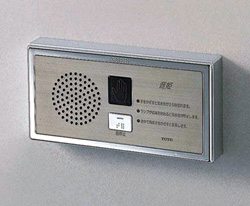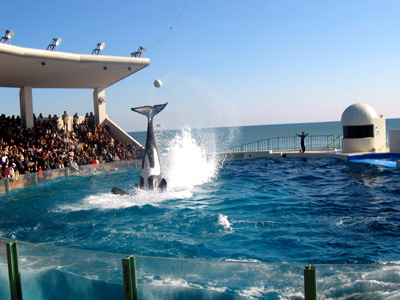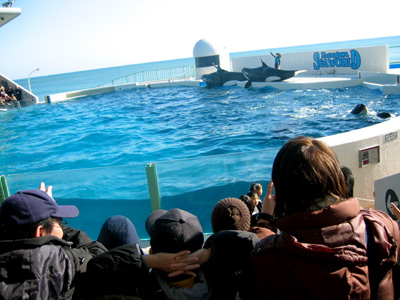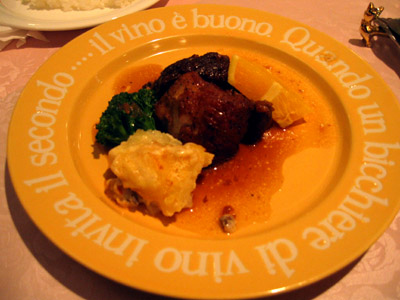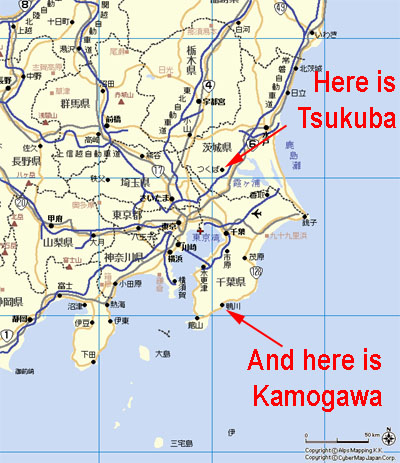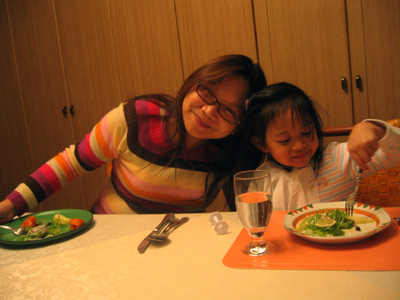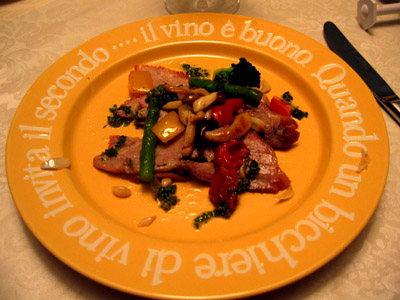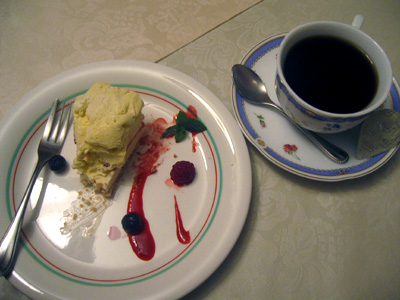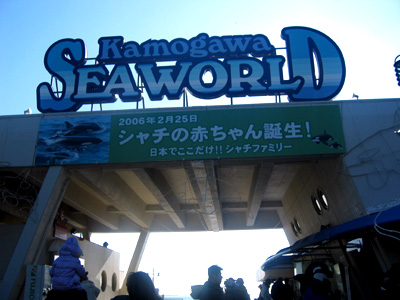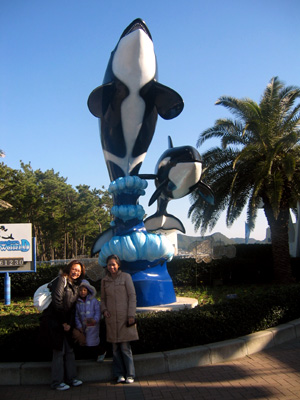I got this article from an email sent by a friend. This comes at an opportune time, because I have been thinking of making a personal list of all the wonderful things I love about the Philippines. How often do we come across positive viewpoints like this?
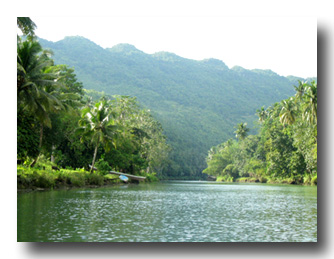
When I was a child, some of my relatives who lived in the States would return home for brief “balikbayan” (homecoming) visits. The stories they shared were always overflowing with undulating praises for their adopted country, the proverbial land of milk and honey. And they would often remark that “nothing has changed” in the Philippines since they last left it: it was just as filthy, hot, polluted, and just as worth leaving a hundred times over. We were admonished to try our darnedest to find ways to leave the country, not unless we wanted to rot together with the rest of the unfortunate souls. My dad was unemployed and my mom was an elementary public school teacher. What my mom earned in a year, they could easily earn in a month. As if to rub it in our faces, someone even emphatically told us, “Dollar is power!” which was to mean that if you earned dollars, you are powerful. It didn’t even matter that the said dollar might have been earned by doing the work that other people actually despised. I have nothing against anyone’s type of work – no matter how menial. A hard-earned dollar is the same as any; my problem is with the attitude of some people who think that just because they earn dollars, then they are above the ones who don’t.
Sure, they were entitled to their own opinion about the country. But I resented it because in my young mind, it was impressed on me that somehow living in the country was synonymous to living in hell. All they ever saw was the poverty, corruption, pollution, and the countless problems in Philippine society. What made it even worse was that the criticisms came from people I personally knew — Filipinos, just like me. It made me feel bad and insecure about myself and my family.
Please read on below the full article. I found that this has also been posted at the Good News Pilipinas site. I believe that every Filipino should read this!
—-
The Hidden Face of the Philippines
By Bob Kemerait
The day after the mudslide on the island of Leyte in the Philippines was reported in the United States, I received a worried phone call from a colleague here at the University of Georgia. Tim had seen footage of the tragedy on the evening news. Though unsure where in the Philippines it had occurred, he was concerned that my wife Pam’s family had been caught up in the event. I thanked him for his concern and responded that I was confident Pam’s family wasn’t involved. Pam grew up in Los Baños, Laguna and her home, although close to a dormant volcano called Mt. Makiling, is not prone to mudslides. Over the next week my assurance to Tim was repeated to many other friends and colleagues who were concerned for Pam. I was grateful that they cared enough about her family to ask for clarification. On long solitary drives across Georgia that week, I had plenty of time to think about this latest tragedy in the Philippines and to ponder its implications.
My first realization was that good news from the Philippines is rarely reported in the United States and that most Americans know very little about this archipelago that is a nation. Our countries have shared a very close history over the past 100 years; the Philippines was a protectorate of the United States for nearly 50 years after the conclusion of the Spanish-American War. American soldiers fought and died alongside Filipino troops in the battles against the Japanese in World War II. Strategic American air and naval bases were maintained in the Philippines until the early 1990’s. Despite the political, economic, cultural, and social bonds, the typical American is still woefully uninformed about the Philippines. More importantly, the little that is known paints a picture of this country that is, at best, skewed, and at worst perpetuates regrettable stereotypes of the culture and citizens.
The printed and network news that reach the American public largely shape our view of the world. If I were to take guess at the most common perceptions Americans have of the Philippines, they would be as follows, not necessarily in any particular order.
- The Philippines is a nation of continual natural disasters, such as mudslides, volcanic eruptions, and super typhoons.
- The Philippines is largely a nation of man-made disasters and problems such as sinking ferries, deforestation, poverty (e.g. the human nightmare that is Smokey Mountain), and the ongoing political unrest and turmoil.
- The fact Americans are most likely to know about the Philippines would involve 3000 pairs of shoes from Malacañang Palace.
- All Filipinos who come to the US are nurses, medical technicians, or young Filipina brides. (In truth, these are but a part of the diverse group of Filipino immigrants, often highly educated and motivated, who come to the US seeking better lives and opportunities.)
- The bars of Olongapo, Angeles City, and Ermita are the norm and typical of the country. (In fact, much of this has changed in all three locations.)
- The only history Americans may know of the Philippines are related to the Bataan Death March and Douglas MacArthur’s famous line of “I shall return”.
- Danger from the Abu Sayyaf and the fate of the Burnhams (missionaries) await the tourist at every turn.
- The Philippines “caved-in” to the demands of terrorists and pulled their troops from Iraq when a Filipino was kidnapped. (Most Americans do not realize how vulnerable vast numbers of Filipino overseas workers across the Middle East are to abuse and terrorist attacks. The government in the Philippines can do little to protect them.)
Although each of the above points does have some basis in fact, they do not accurately portray this island nation with its rich, colorful, and very diverse cultural heritage and a people for who warm hospitality and lasting friendships are a way of life. I believe that creating an image and reality of the Philippines based upon the perceptions above would be the same as defining the United States as a land of gang violence, drug abuse, obesity, and lack of regard or consideration for anything that is not “American”.
Because my wife is from the Philippines, I have had the opportunity to be immersed in Filipino culture here at home and on visits to her home in Los Baños. As I was thinking about the stereotypes of the Philippines that are prevalent in the US, I also thought about my own perceptions of the Philippines and Filipino culture. When I recall memories and thoughts about all things “Pinoy”, I envision the following.
- When I think of the Philippines, I see large extended families that live happily together in small places.
- I think of large families that remain not only physically close, but emotionally close as well.
- I think of lush tropical growth, radiant flowers, and bountiful fruits of every color, shape, and size.
- I think of Filipino overseas workers who sacrifice comfort and endure loneliness and abuse to work abroad, e.g. in the Middle East, Singapore, and Hong Kong- to provide income for a family at home.
- I think of the smell of fried garlic, fried fish, and fried daing (small dried fish) wafting from the kitchen.
- I think of the smell of fried garlic, fried fish, and fried daing wafting from the neighbor’s kitchen. (Both because of the close proximity of the homes and because of the hospitality where one is welcomed and expected in the neighbor’s home.)
- I think of barkadas (a group of very close friends), potluck dinners, and LOTS of merienda (mid-afternoon snacks).
- I think of colorful jeepneys, tricycles and the impatient, restless sounds of passing traffic.
- I think of brightly colored bandanas pressed tightly to the noses and mouths of pedestrians.
- I think of the solitary cry of “Taho!!” (a soybean curd beverage) coming from out on the street early in the morning.
- I think of the warm smiles, courtesy, cheerful bantering, and “Hey, Joe!s” of children and locals as I walk through Los Baños.
- I think of wet markets full of fresh pork, chicken, and fish, and stalls brimming with vegetables, mangos, pineapples, and other tropical fruits.
- I think of boys walking with an arm over their buddies’ shoulders and girls walking hand-in-hand.
- I think of a country obsessed with cell phones but rarely see anyone talking on one!
- I think of heat and humidity and rain.
- I think of San Miguel (national beer), fighting cocks, buko pies, and Jollibee.
- I think of ice cream with strange colors and exotic flavors like ube (purple yam), cheese, and macapuno (a soft form of coconut).
- I think of exuberant children everywhere.
My thoughts of the Philippines rarely overlap with common perceptions from those Americans whose knowledge of the archipelago is limited to what appears on television or is printed in the newspaper. Sure, as in any country, there are serious problems in the Philippines. In fact, the problems facing the Philippines are so severe that one must wonder if the country can ever truly overcome them. However, it is my experience that the richness of the culture, the warmth of the people, and the sheer beauty of the land and sea overshadow these problems in my memory.
I wish that more people in the United States could visit the Philippines and share in a culture and people that have enchanted and embraced me. Better understanding of each culture would ensure close relations and cooperation between two proud nations for the future. Without question, Americans visiting the Philippines would be warmly welcomed and enjoy a destination of great exotic appeal. Such an experience would soon show that the face of the Philippines is revealed not simply the mud and destruction in Leyte, but more importantly in the spirit of the Filipino people, as among those who mourn the loss of loved ones and those who worked tirelessly to free the victims.
Bob R. C. Kemerait, Ph.D.
Department of Plant Pathology
University of Georgia
Rural Development Center, Tifton
(229) 386-7495
